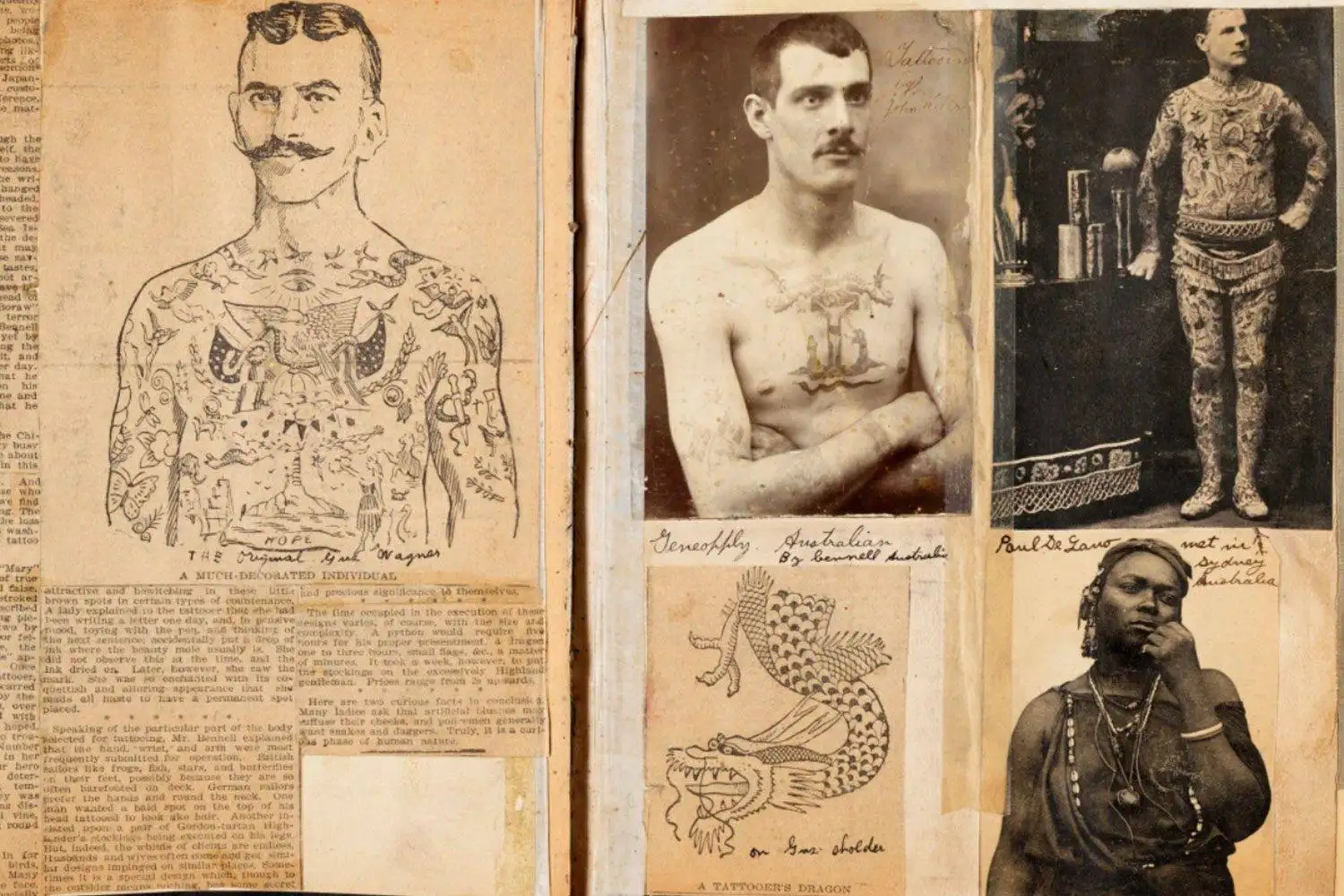Introduction of History Tattooing
Let’s explore the history of tattooing, where artistry meets centuries of human expression. The art of tattooing spans cultures, civilizations, and time itself. From the ancient rituals of bygone civilizations to the contemporary trends embraced by today’s artists, tattoos have left an indelible mark on the fabric of our society. The allure of body art, etched into the skin with precision and purpose, has captivated the hearts of individuals seeking to tell their stories, display their identities, and honor their beliefs.
Dating back thousands of years, tattooing has transcended mere aesthetics to become a powerful symbol of self-adornment and cultural significance. Each inked design reflects a unique tale, whether it be a rite of passage, a mark of bravery, or a spiritual connection to the cosmos.
As we discuss key concepts and venture into the history of tattooing, take this time to absorb how this timeless art form continues to thrive in our modern world, connecting people across borders and generations.
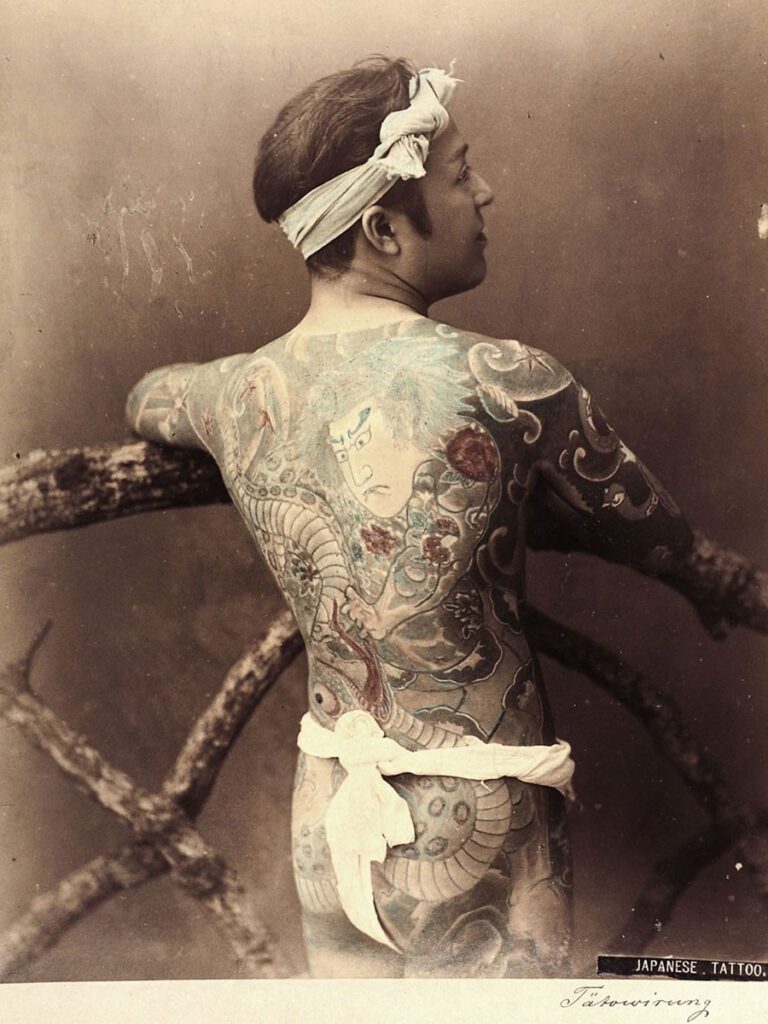
From Ancient Rituals to Modern Trends: Tracing the Fascinating History of Tattooing
The history of tattooing is a tapestry that weaves together ancient practices and contemporary expressions.
Dating back to the earliest civilizations, tattoos held sacred meanings, etched into the skin as symbols of rites and rituals.
From Egypt’s ornate designs to the tribal motifs of indigenous cultures, tattoos became a language of identity and spirituality.
In Japan, traditional Irezumi emerged as a captivating art form, narrating stories on the skin of yakuza and warriors. These intricate designs reflected rich cultural heritage and marked individuals with honor and distinction.
Fast forward to the present, modern tattooing embraces a myriad of styles. Neo-traditional tattoos bring new life to classic designs with bold colors and imaginative twists. Meanwhile, fine-line tattoos showcase the finesse of detailed, intricate artwork.
With modern tattooing equipment and the freedom to utilize various tattoo styles, today’s tattoo artists are spoilt for choice.
Whether they seek to honor ancient traditions or explore contemporary creativity, the art of tattooing continues to transcend time, leaving an indelible mark on the ever-evolving canvas of human expression.
The Art of Storytelling on Skin: A Timeline of Tattooing History
From the dawn of civilization, tattoos served as powerful narratives, weaving tales of culture, spirituality, and personal journeys. In ancient Egypt, mummies adorned with intricate tattoos told stories of religious beliefs and protection in the afterlife.
The Polynesians used tattoos as a language, each design symbolizing a unique identity and heritage, narrating their ancestral lineage and voyages across the vast ocean.
Moving through history, the Japanese Irezumi emerged as a breathtaking canvas for legendary tales of bravery and honor among the samurai and yakuza.
In the Philippines, the batok art form celebrated courage and achievements, while Borneo’s Iban people bore bejalai tattoos, immortalizing their adventurous expeditions. Each inked mark carried profound significance, acting as a living record of experiences and a testament to the storytelling prowess of ancient civilizations.
The art of storytelling on skin transcends time, connecting us to the stories of our ancestors and reminding us that tattoos have always been more than just ink.
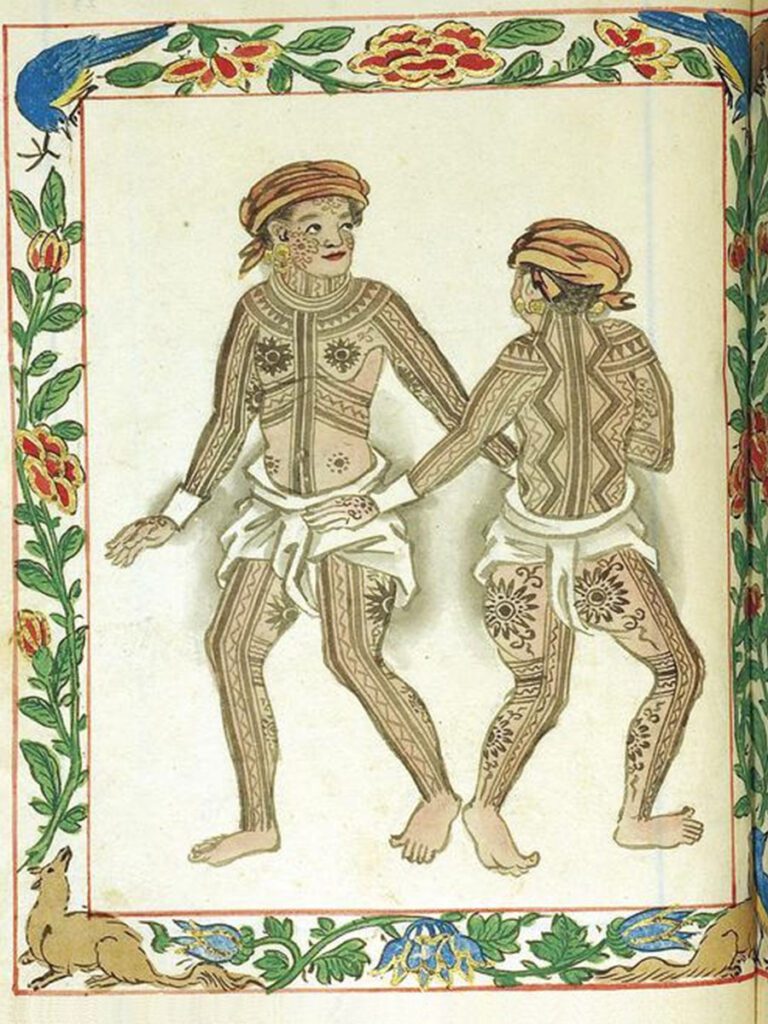
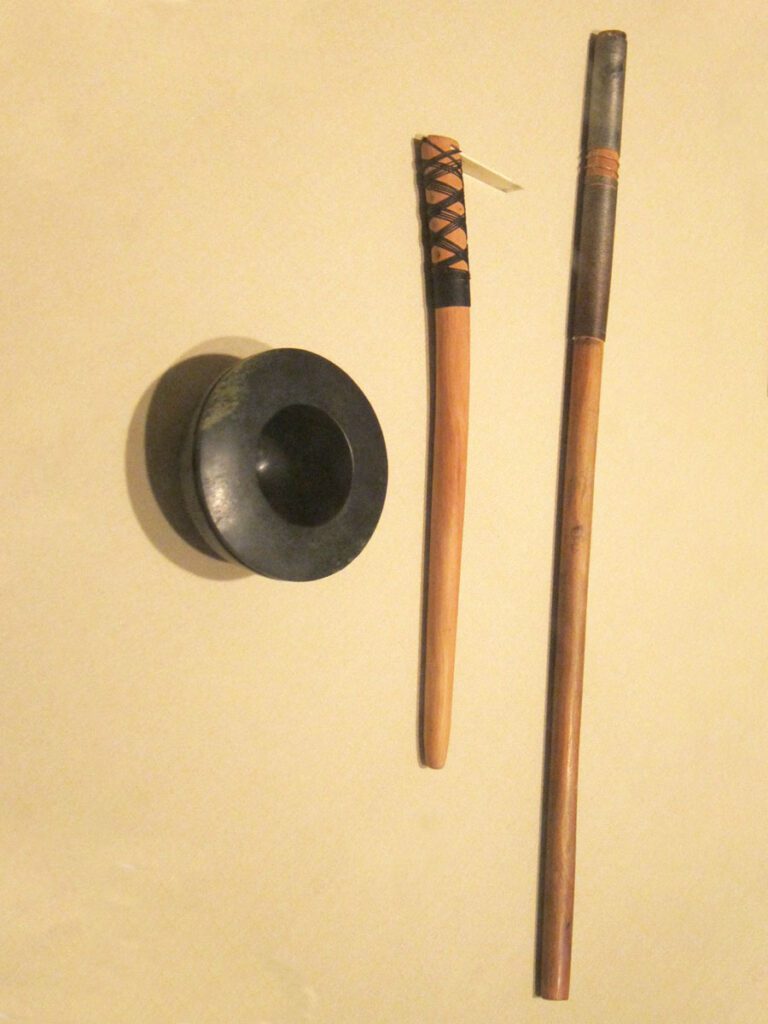
The History of Tattooing: Ancient techniques
The ancient art of tattooing began with remarkably rudimentary processes, yet it held immense cultural and spiritual significance for early societies. In these bygone times, tattooing was a laborious and intricate process, involving primitive tools and techniques.
In ancient cultures such as Egypt and Mesopotamia, tattoos were administered using simple tools like sharp bone or metal needles, which were tapped into the skin to introduce pigment. These early tattoos were often black or dark blue in color and were typically found on individuals of high social status, religious significance, or those associated with specific deities.
Similarly, ancient Polynesian tattooing utilized sharp, pointed tools, such as shark teeth or bird bones, to manually puncture the skin and introduce pigment. This process, known as “tatau” or “tatauia,” was a sacred ritual that conveyed an individual’s genealogy, social status, and personal achievements.
Across the globe, from the indigenous tribes of the Americas to the ancient cultures of Asia, tattooing emerged as an art form intertwined with cultural practices and spiritual beliefs.
It was not only a means of personal expression but also a way to mark significant life events, rites of passage, and affiliations with specific tribes or communities. From these primitive beginnings, tattooing gradually evolved and spread, adapting to the changing times and becoming a timeless form of human expression.
While modern tattooing techniques and tools have advanced significantly, the ancient processes and origins of this art form continue to influence and inspire tattoo artists and enthusiasts worldwide.
The history of tattooing: Eternal Engravings: Tattooing in Ancient Egypt
In ancient Egypt, tattooing held a fascinating and sacred role within the rich foundation of their culture. Dating back to around 2000 BCE, evidence of tattoos on mummies reveals the deep-rooted significance of this art form.
Tattooed on both men and women, these intricate designs carried religious and spiritual symbolism, often depicting images of protective deities and serving as amulets for the afterlife.
The tattoos were not merely decorative but also conveyed a person’s social status, achievements, and religious affiliations. Sound familiar? Among the Egyptians, tattooing was closely connected to their belief in the afterlife and the journey to the realm of the dead.
The artistry and meanings behind these ancient Egyptian tattoos showcase the profound cultural importance of body art, with each design serving as a testament to the beliefs and stories woven into the skin of the departed.
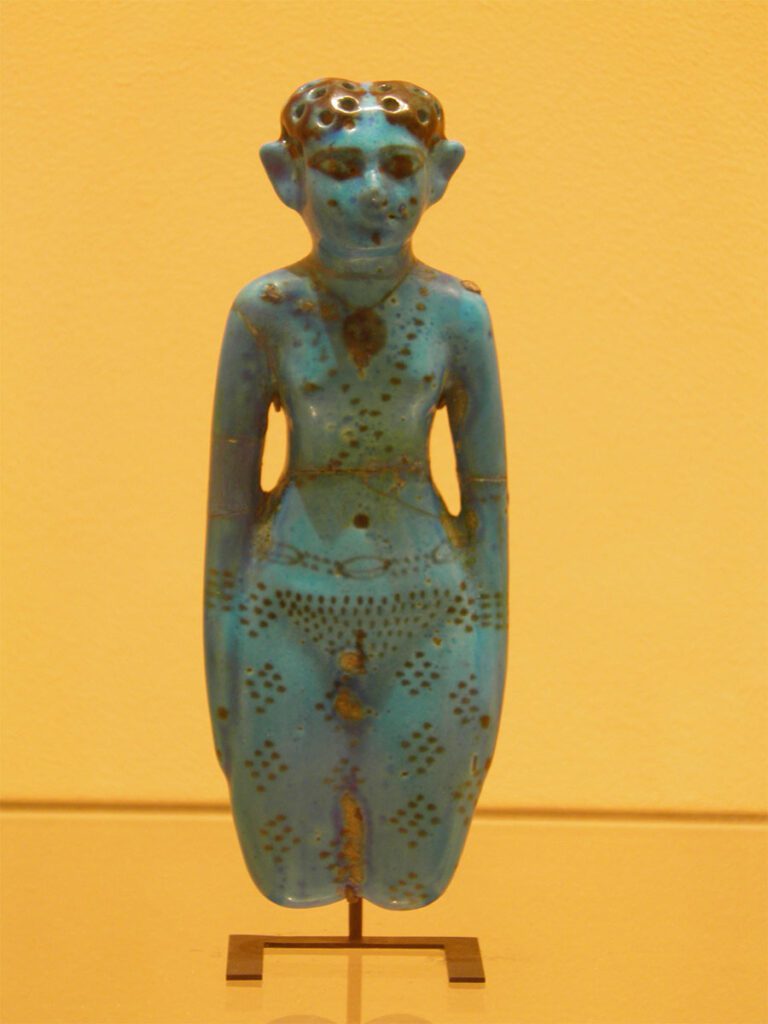
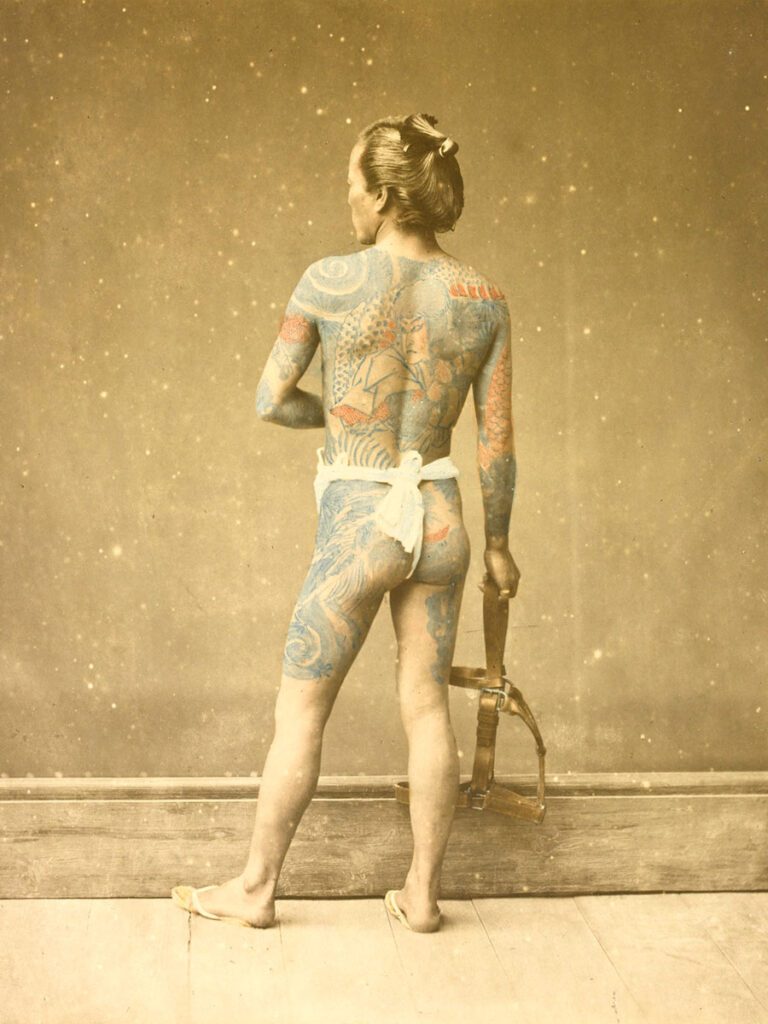
The history of tattooing: The Ancient Art of Irezumi: Tracing the Origins of Tattooing in Japan
The origins of tattooing in Japan date back thousands of years, originating with an art form known as Irezumi. This traditional Japanese tattooing emerged during the Jomon period (10,000 BCE to 300 BCE) and originally served spiritual and ritualistic purposes.
As time passed, Irezumi gained popularity among the working class during the Edo period (1603-1868). During this period, Irezumi took on a darker association.
Criminals faced a particularly severe form of punishment receiving large and conspicuous tattoos, marking their social status as outcasts and deterring others from crime. This branding aimed to ostracize offenders from society, leading to a life of marginalization and hardship.
In modern times, Irezumi is widely celebrated, becoming a highly sought-after and respected form of body art. The traditional motifs of dragons, koi fish, and cherry blossoms continue to inspire contemporary tattoo artists worldwide, blending ancient techniques with modern creativity. Japanese tattooing epitomizes the seamless fusion of age-old traditions with the vibrant world of modern body art, paying homage to its past while flourishing in the present.
While Irezumi was embraced as an art form and cultural expression, its dark history serves as a reminder of the complex and multifaceted nature of tattooing in Japan.
The history of tattooing: Polynesian Tattoos: A Living Legacy of Pacific Heritage
Polynesian tattoos, an art form deeply ingrained in the cultural heritage of the Pacific Islands originated thousands of years ago. These tattoos, known as Tatau or Tā Moko, held immense significance, representing identity, genealogy, and social status among the Pacific Islanders.
Each intricate design, such as the distinguished “pe’a” for men and the graceful “malu” for women in Samoa, or the revered “moko” in Maori culture, narrated captivating tales of life journeys and tribal affiliations. Passed down through generations, the art of tattooing became a sacred ritual, meticulously preserved and cherished.
Today, the legacy of Polynesian tattoos remains as vibrant as ever, inspiring a worldwide resurgence in tribal tattooing. Contemporary artists are spellbound by the rich cultural heritage and profound symbolism, infusing modern tribal tattoos with bold patterns, geometric shapes, and striking linework.
Beyond their visual allure, these tattoos hold deep meanings, reflecting personal narratives, cultural connections, and spiritual bonds. The art of Polynesian tattoos is a testament to the seamless blending of ancient traditions with the contemporary canvas of modern body art, celebrating the enduring spirit of cultural expression across the ages.
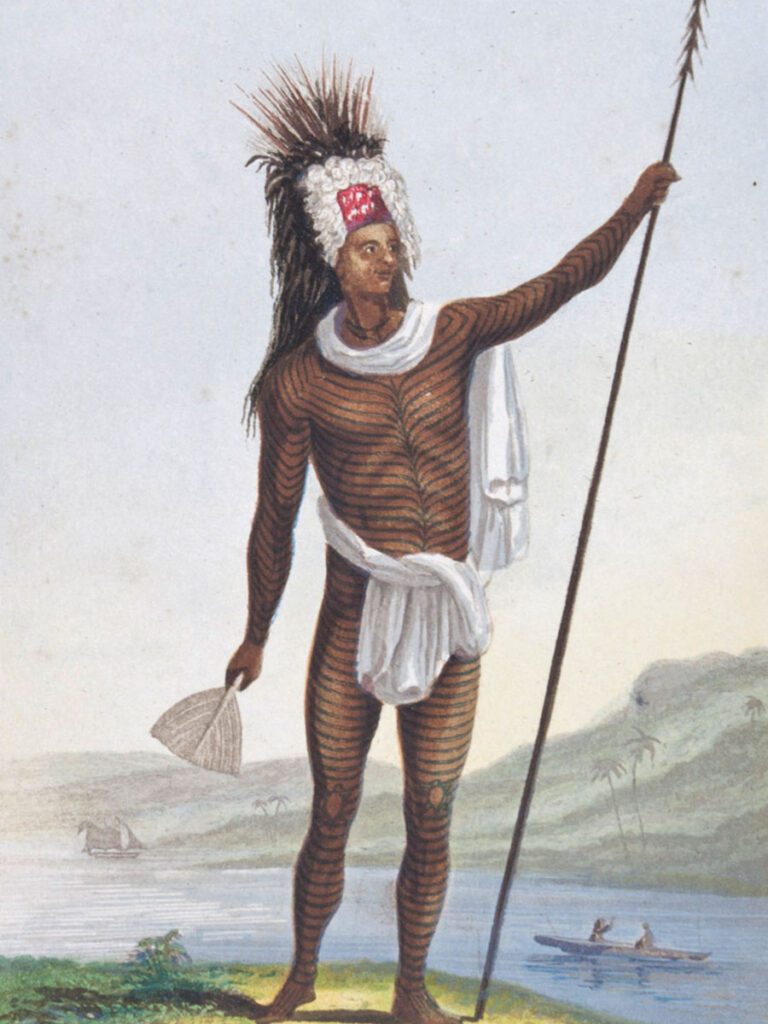
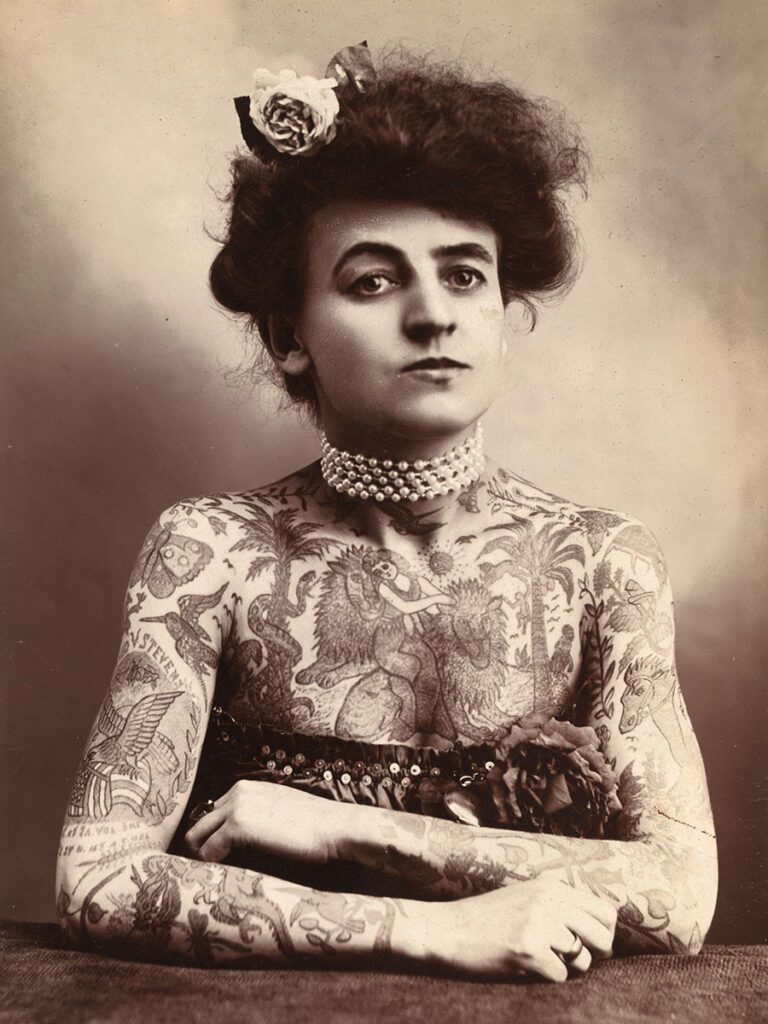
The history of tattooing: American Traditional Tattoos: A Beloved and Timeless Style
The history of American traditional tattooing sets sail in a captivating voyage through the maritime world. Originating in the 18th and 19th centuries, these tattoos were popularized by sailors exploring distant shores and braving the high seas.
Emblazoned on their skin were iconic symbols with deep meanings. Anchors symbolized stability and a safe return home, while swallows represented the hope of reaching land after a long journey. Nautical stars guided sailors’ way, ensuring a safe passage.
The infamous “Hula girl” or “Sailor Jerry” tattoos celebrated the exotic allure of the South Pacific islands, a sight they encountered during their travels. These classic tattoos were not merely body adornments; they were talismans of protection and storytelling, embodying a seafarer’s adventures, beliefs, and aspirations. As sailors brought these inked tales from port to port, they spread the art across continents.
In modern times, traditional tattoos continue to make waves, enduringly popular due to their classic designs, bold colors, and remarkable longevity. Evoking a sense of nostalgia and timeless appeal, these tattoos hold a special place in the hearts of tattoo enthusiasts worldwide.
As a tribute to the fearless spirit of sailors and the adventurous tales they carried, traditional tattoos remain a living legacy, entwining past and present, transcending generations.
The history of tattooing: Tattoo Renaissance: A Revival in Modern Times
In the not-so-distant past, tattoos bore the weight of societal judgment, deemed as symbols of rebellion or associated with the fringes of society. However, the winds of change have swept through modern culture, ushering in a remarkable revival—the tattoo renaissance.
Today, tattoos stand proudly as expressions of individuality and artistry, transcending stereotypes and societal boundaries. Once frowned upon in professional settings, tattoos are now finding acceptance in the workplace, allowing individuals to embrace their inked narratives without fear of discrimination.
Even within the highest echelons of power, people in Congress now wear their cultural tattoos as badges of heritage and identity. The fashion industry and runway models embrace tattoos as a thing of beauty, showcasing them as an integral part of the contemporary aesthetic.
The tattoo renaissance is a testament to the evolution of society’s perceptions, as tattoos have become widely accepted and loved, symbolizing empowerment and the freedom to be yourself.

Are you located in Austin, Texas?
Purchase your jewelry from EarPiercing.shop and enjoy a complimentary change out at Platinum Ink.
Spend $125 or above and instantly get a FREE piercing pass at Platinum Ink.
Note: This information is purely for reference and does not serve as medical guidance. For personalized advice, please check with your piercer or seek medical consultation.

